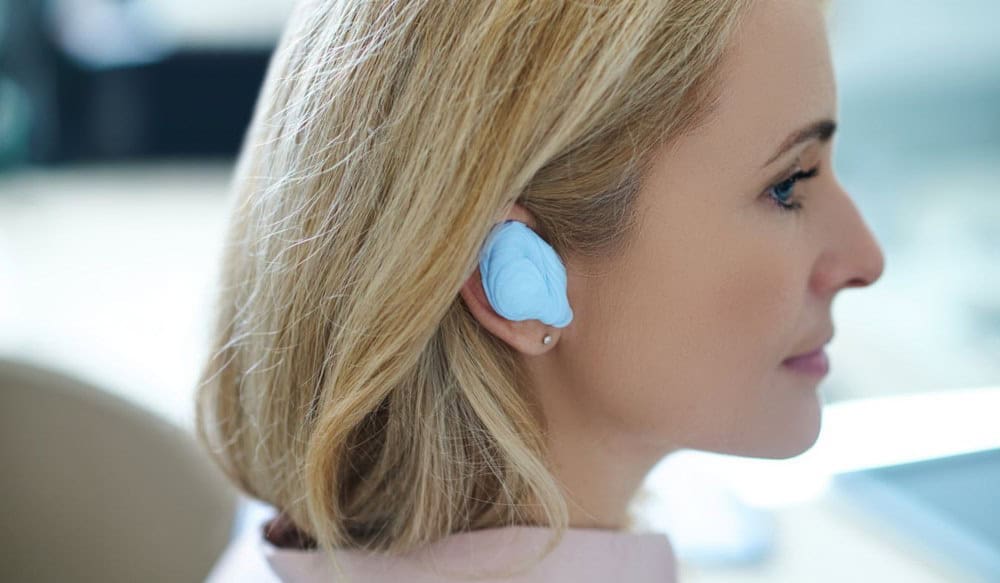Protecting Your Ears from Cold Wind
As autumn breezes sweep in, bringing crisp air and vibrant foliage, it’s
We’re excited to welcome our new physician, Dr. Gary Huang, starting on November 4th!


As autumn breezes sweep in, bringing crisp air and vibrant foliage, it’s

Nosebleeds can catch you off guard, appearing suddenly and sometimes

Otitis media might ring a bell as a common cause of earaches in kids, but